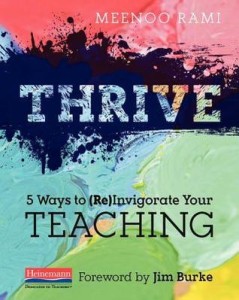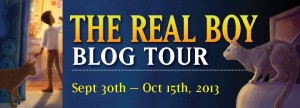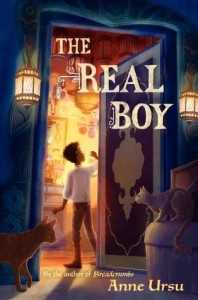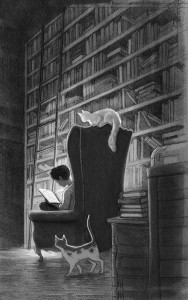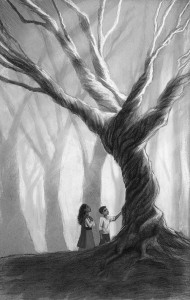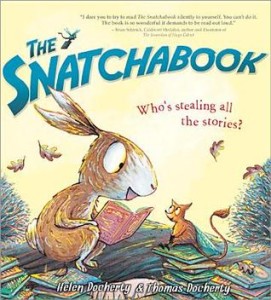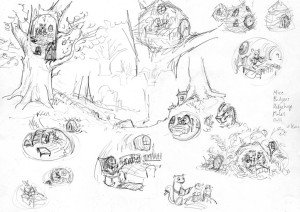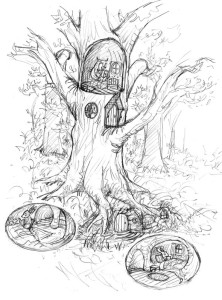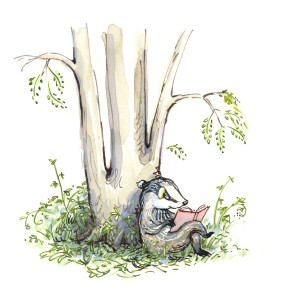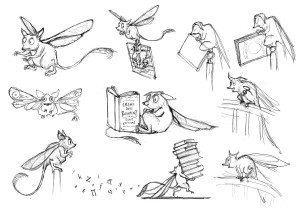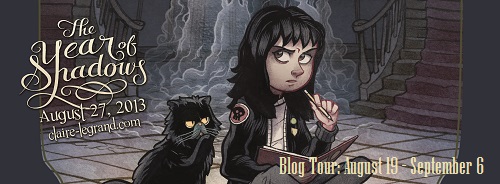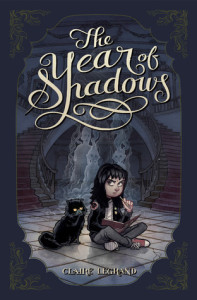Thrive: 5 Ways to (Re)Invigorate Your Teaching
Author: Meenoo Rami
Published March 5th, 2014 by Heinemann Educational Books
Goodreads Summary: As a novice teacher, Meenoo Rami experienced the same anxieties shared by many: the sense of isolation, lack of self-confidence, and fear that her work was having no positive impact on her students. In Thrive, Meenoo shares the five strategies that helped her become a confident, connected teacher. From how to find mentors and build networks, both online and off, to advocating for yourself and empowering your students, Thrive shows new and veteran teachers alike how to overcome the challenges and meet the demands of our profession.
Praise for Thrive:
-“Whether you are entering your first year of teaching or your 40th, Thrive feels as if it were written just for you. At a time in our profession when many of us are feeling stretched thin, Meenoo Rami offers strategies to reignite our passions and rediscover why we chose to teach.” -Christopher Lehman, coauthor of Falling in Love with Close Reading
-“Teaching is a profession that eats its young. Meenoo Rami offers guidelines for surviving the challenges of the classroom as well as the faculty room.” -Carol Jago, author, teacher, and past president of NCTE
-“Thrive includes a mosaic of dynamic teacher voices from many grade levels and content areas. Reading their stories deepened my thinking about the immense untapped potential of our profession. Meenoo Rami’s vision of teaching and learning can sustain us all.”-Penny Kittle, author of Book Love
Join the conversation on Twitter at #edthrive.
About the Author: Meenoo Rami is a National Board Certified Teacher who teaches her students English at the Science Leadership Academy in Philadelphia, PA. Mixing moments of joy, laughter, risk and encouragement, Meenoo pushes her students to think critically about their connection to the word and the world. Meenoo did her undergraduate work at Bradley University in Illinois in areas of Philosophy and English and completed her Master’s degree in Secondary Education at Temple University. Meenoo also contributes to the work of school-wide events and professional learning communities at SLA. Meenoo works as a teacher-consultant for the Philadelphia Writing Project. She has shared her classroom practice at various conferences such as: NCTE, ISTE, ASCD, EduCon, Urban Sites Conference for National Writing Project, and #140edu. Meenoo also runs a weekly twitter chat for English teachers called #engchat which brings together teachers from around the country to discuss ideas related to teaching of English. Her first book, THRIVE from Heinemann will be out in March 2014. In her free time, Meenoo can be found on her bike, on her yoga mat or in her kitchen tinkering with a vegetarian recipe.
To connect with Meenoo, you can find her on these social media networks:
Thrive
meenoorami.org
Twitter
Facebook
Google Plus
Kellee’s Review: In this modern day of education where CCSS and testing seems to have become the most important priority and we’re being attacked in the media for having an easy job and are failing our students, it is very difficult to stay positive—much less thrive. Meenoo Rami says that there is definitely a way to overcome all of these hardships, and she lies it all out in 5 “steps.” Although some of what you might find in this book may seem like common sense, it may not be to other teachers, specifically new teachers. It is also important to get reminders about how to stay true to ourselves. I think this is a book that each teacher needs to read and own so they can read it whenever they need a reminder that there is a way to thrive in this profession that we love.
Ricki’s Review: Meenoo Rami hits the nail on the head with her suggestions to teachers. With as many as 56% of teachers leaving the profession (Rami 3), we need to make a change. Beginning teachers must be prepared for the difficulties they will encounter on the job. This book is cleverly crafted with a variety of text features that are sure to engage readers (QR codes, tweets, figures, etc.). I teach pre-service teachers and am very particular about the texts I use. Too many professional texts are watered down and chockfull of obvious information, and I don’t want my students to purchase a book that will be a waste of their time. Rami achieves the perfect balance of narratives and information, and I will be ordering this book for my students next year. I love how she emphasizes that we, as educators, must constantly hone our art of teaching. I strongly believe that we need to practice what we preach, and we, too, must be lifelong learners.
Guest Post: Meenoo’s Tips for Dealing With Negativity and Other Issues That Keep Many of Us From Staying Positive and Thriving in our Profession
Thank you to Jen Vincent for hosting this blog tour, thank you to Meenoo Rami for her amazing guest post, and thank you to Heinemann for proving us copies for review.
Make sure to check out the other stops in the Thrive blog tour:
4/9/14|
Jen Vincent at Teach Mentor Texts
http://www.teachmentortexts.com/
4/10/14
Franki Sibberson and Mary Lee Hahn at A Year of Reading
http://readingyear.blogspot.com/
4/11/14
Alyson Beecher at Kid Lit Frenzy
http://www.kidlitfrenzy.com/
4/12/14
Kira Baker Doyle at Kira J Baker-Doyle, Ph.D.
http://kbakerdoyle.wordpress.com/blog/
4/13/14
Sarah Mulhern Gross at The Reading Zone
http://thereadingzone.wordpress.com/
4/14/14
Christina Cantrill at Digital Is (National Writing Project)
http://digitalis.nwp.org/
4/15/14
Kate Roberts and Maggie B. Roberts at Indent
http://kateandmaggie.com/
4/16/14
Beth Shaum Use Your Outside Voice
http://useyouroutsidevoice.blogspot.com/
4/17/14
Linda Baie at Teacher Dance
http://www.teacherdance.org/
4/18/14
Troy Hicks at Hickstro
http://hickstro.org/
4/19/14
Joy Kirr at Genius Hour
http://geniushour.blogspot.com/
4/20/14
Tara Smith at The Teaching Life
http://ateachinglifedotcom.wordpress.com/
4/21/14
Antero Garcia at The American Crawl
http://www.theamericancrawl.com/
4/22/2014
John Spencer at Education Rethink
http://www.educationrethink.com/
